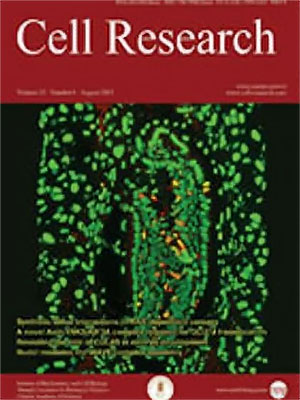Volume 11 Issue 3, September 2001: 195-202
ORIGINAL ARTICLES
K+channels inhibited by hydrogen peroxide mediate abscisic acid signaling in Vicia guard cells
ZHANG Xiao1, 2, *, Yu Chen MIAO2, Guo Yong AN2, Yun ZHOU2, Zhou Ping SHANGGUAN3, Jun Feng GAO1, Chun Peng SONG2, *
1College of life sciences, Northwest Sci-Tech University of Agriculture and Forestry, Yangling 712100, China
2Department of Biology, Henan University, Kaifeng 475001, China
3National Laboratory of Soil Erosion and Dryland Farming, the Institute of Soil and Water Conservation, Chinese Academy of Sciences, Yangling 712100, China
Correspondence:
A number of
studies show that environmental stress conditions increase abscisic acid (ABA)
and hydrogen peroxide (H
2O
2) levels in plant cells.
Despite this central role of ABA in altering stomatal aperture by regulating
guard cell ion transport, little is known concerning the relationship between
ABA and H
2O
2 in signal transduction leading to stomatal
movement. Epidermal strip bioassay illustrated that ABA-inhibited stomatal
opening and ABA-induced stomatal closure were abolished partly by externally
added catalase (CAT) or diphenylene iodonium (DPI), which are a H
2O
2 scavenger and a NADPH oxidase inhibitor respectively. In contrast, internally
added CAT or DPI nearly completely or partly reversed ABA-induced closure in
half-stoma. Consistent with these results, whole-cell patch-clamp analysis
showed that intracellular application of CAT or DPI partly abolished
ABA-inhibited inward K
+ current across the plasma membrane of guard
cells. H
2O
2 mimicked ABA to inhibit inward K
+ current, an effect which was reversed by the addition of ascorbic acid (V
c)
in patch clamping micropipettes. These results suggested that H
2O
2 mediated ABA-induced stomatal movement by targeting inward K
+ channels at plasma membrane.
FULL TEXT | PDF
Browse 2636


